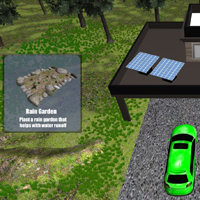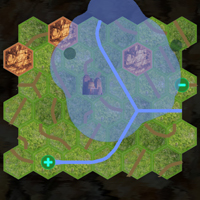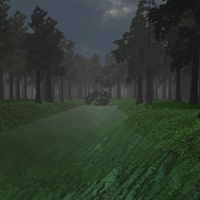
About Flo
Flo: The Watershed Project is an artistic, scientific and educational game simulation designed to inspire real world awareness about the importance of clean water, the causes of climate change, the impact of flooding, and the need for sustainable practices in the New York City Watershed both at the source and the areas of consumption. Flo offers a rare opportunity to create a unique bridge between the digital and natural worlds. Here one experiences what it may be like to "be" water. Not only an artwork, the project has educational components in the form of mini-games that address water pollution, sustainability, and ecofriendly practices. Flo seeks to foster stewardship and conservation in ensuring the health and sustainability of New York City and the upstate source areas and towns. Flo is targeted for Middle School students in the West-of-Hudson Watershed and in New York City, but the online version of the game and information will be available to other schools, communities and environmental groups.
By communicating with young people in their "native digital" language, the project offers a rare opportunity to create a unique bridge between the digital and natural worlds. The game is played from first person water point of view using the Kinect motion sensing input device to impart the empathetic, visceral feeling of being first person water. (Downloadable versions of the game come in an on-line version that uses simple mouse and keyboard commands or if you have the Kinect interface you can download the Kinect version of the game.)











